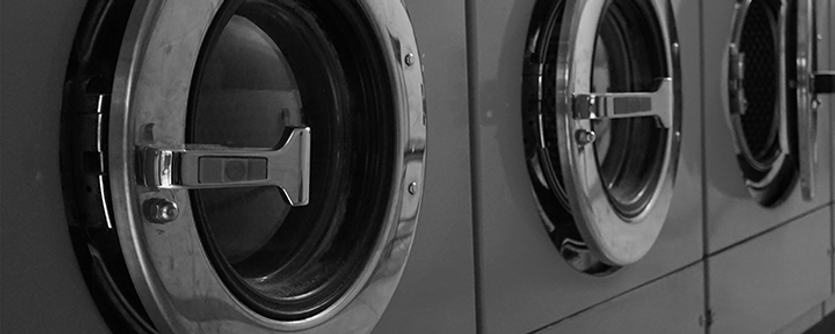
Preventing fires in a vessel's laundry
Due to a recent fire in a ship’s laundry, which could easily have led to a serious incident, Norwegian Hull Club wishes to draw attention to such hazards - particularly regarding the use of tumble driers.
The vessel in question was completing a conversion project. It was moored alongside yard berth while equipment was being mobilised ahead of operations.
One morning, just before 8am, the fire alarm sounded and the crew attended their stations. As the vessel was moored alongside yard berth, the yard safety watch was notified and immediately reported the incident to the local fire brigade. It was reported that the fire was in the crew’s laundry area. The vessel’s smoke diving team quickly suited up and was ready to take action. After a number of attempts, the team managed to extinguish the blaze.
On arrival, the fire brigade took over, ensuring that the fire was completely under control before ventilation of the accommodation got underway.
The actions of the crew in extinguishing the fire should be recognised; the fire could have developed into a more serious incident, increasing risk to life and wellbeing, as well as potentially causing severe damage to the vessel.
LOCATION OF THE FIRE
The laundry is located outboard of the crew’s changing rooms on the Main Deck. Adjacent and forward to the room is a hospital, followed by a section comprising five crew cabins. The laundry was equipped with two washing machines and two tumble driers, with the tumble driers mounted on top of the washing machines. There was also a wooden drawer for storing linen/cloths in the room. The fire started in one of the tumble driers; the heat became so intense that the paint on the bulkhead caught fire. In addition, part of the drawer ignited.
POINTS OF NOTE
The root cause of the fire is still under investigation. However, given the potential severity of fire on board a vessel, we would like to share this information:
• Ventilation (extraction) from the laundry is to open deck as natural ventilation only, not with a fan (mechanical ventilation)
• Ventilation (supply) is via the vessel’s common air conditioning system
• The tumble driers did not feature water-accumulation containers, which often have an auto-stop function when too high a level of water is reached
• The condensed water from the tumbler dryer was led out to the open air via ventilation duct (ref above)
• Condition of air filter for tumble driers unknown
• One smoke detector was fitted in the laundry, which also triggered the fire alarm
• No additional and common temperature sensor / short circuit electrical trip-out fuse connected to the washing machines and tumbler.
RECOMMENDATIONS
• Regular checks to be made of air filters for tumble driers
• Ventilation system to be verified as working properly to avoid high humidity / temperature in the room, which could cause a short circuit
• Evaluate if equipment is suitable for the laundry, e.g. should tumble driers be of the type that have a water accumulation container with high-level cut-off function, or is the existing water drainage / ventilation system considered efficient?
• Consider installation of additional temperature sensors / electrical tripping system
• Regular maintenance routines – cleaning of filters, ventilation, as well as general check of units’ safety functions
• General Safety Assessment, taking into account the risk of fires in vessel’s laundry rooms which are usually located adjacent or close to living quarters.
Norwegian Hull Club wishes you all fair winds and following seas.